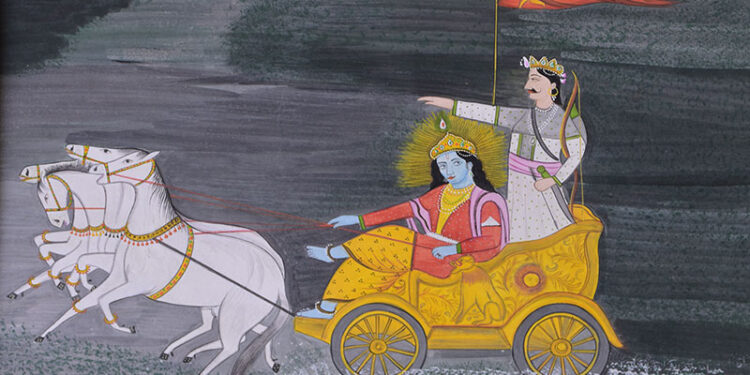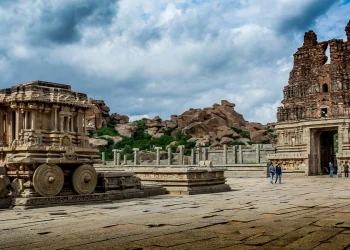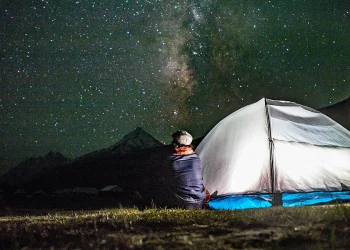Kangra Paintings are the branches of Pahari style of paintings. Executed in the hilly regions of India, Kangra School of paintings became an important center of Pahari paintings under the patronage of Maharaja Sansar Chand and flourished from 17-19th century BC. It is an integral part of the art literature and one of the finest gifts of India to the art world. These paintings originated in a small hill state ‘Guler’ in the lower Himalayas and under the patronage of Raja Dalip Singh who sheltered Kashmiri painters trained in Mughal Style of painting.
With Radha-Krishna Legend as one of the most popular themes, the Kangra paintings also outshine in portraying the famine beauty with a natural grace and have been very meticulously portrayed in these paintings. Other than this different landscape, countryside, rivers, trees, birds, cattle, and flowers are also portrayed.
The artists made use of natural organic colors. Colour scheme includes bright colors such as deep yellow, intense red and hues of green were used to paint scenes. Even today many well-conserved paintings are demonstrated regularly on global platforms.
A special mention for Dr. M. S Randhawa, who has published different books named as – The Kangra Valley Paintings, The Krishna Legend, The Basohli Paintings, The Kangra Paintings of the Bhagavad Purana and Kangra Paintings on Love depicting his profound love and knowledge of Indian miniatures and the related literature explaining the significance of the paintings.
Realizing the importance of preserving a dying art form, enough measures need to be taken to roll out fellowship programmes every year by training artists and imparting them requisite skills to preserve this rich art form.

Founded in 2016, The Traveller Trails is a print and digital magazine and a trusted source for current news, trends, analysis, opinions, interesting blogs, videos and exclusive interviews from every corner of the world.










